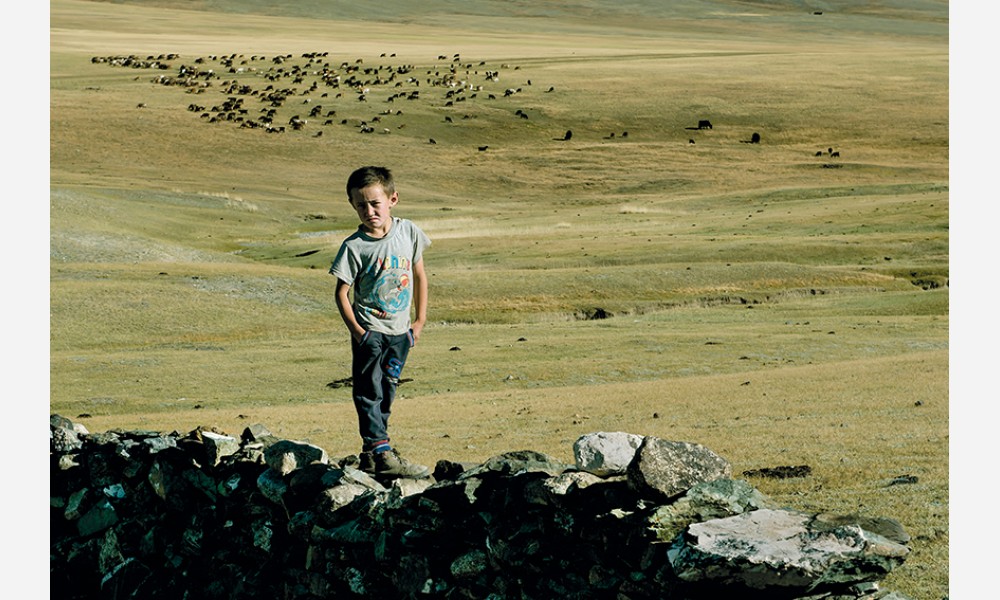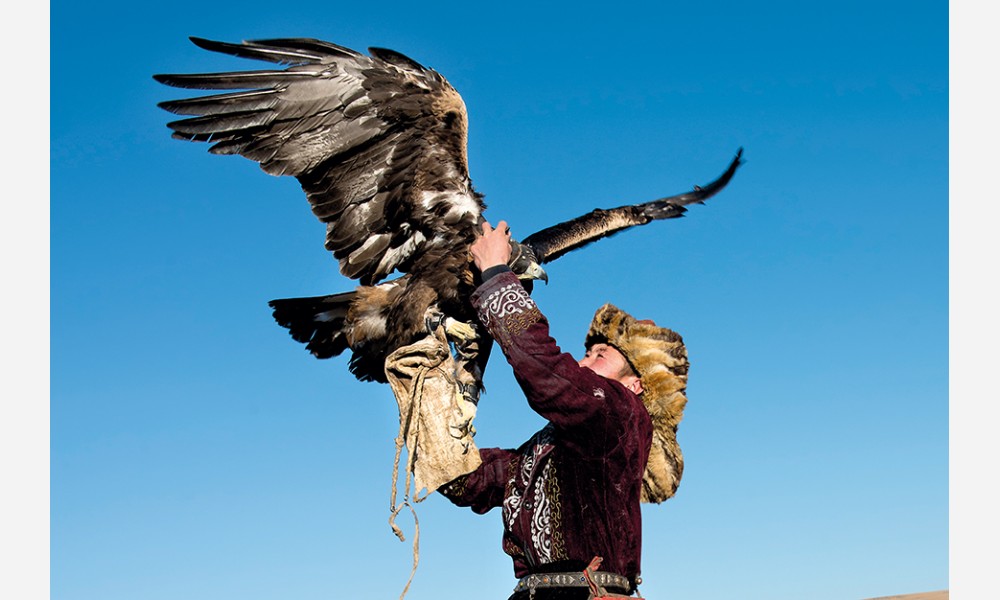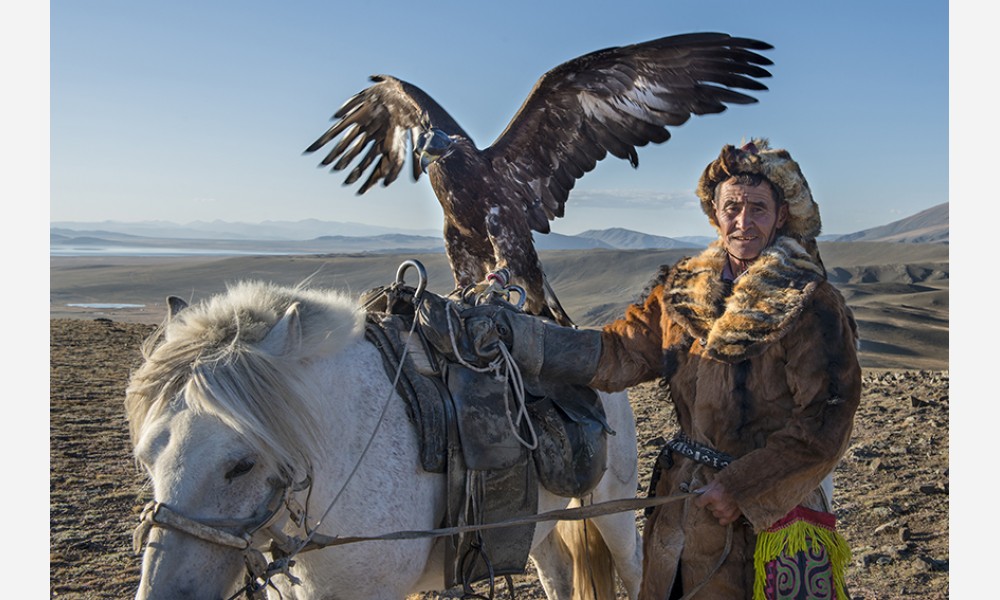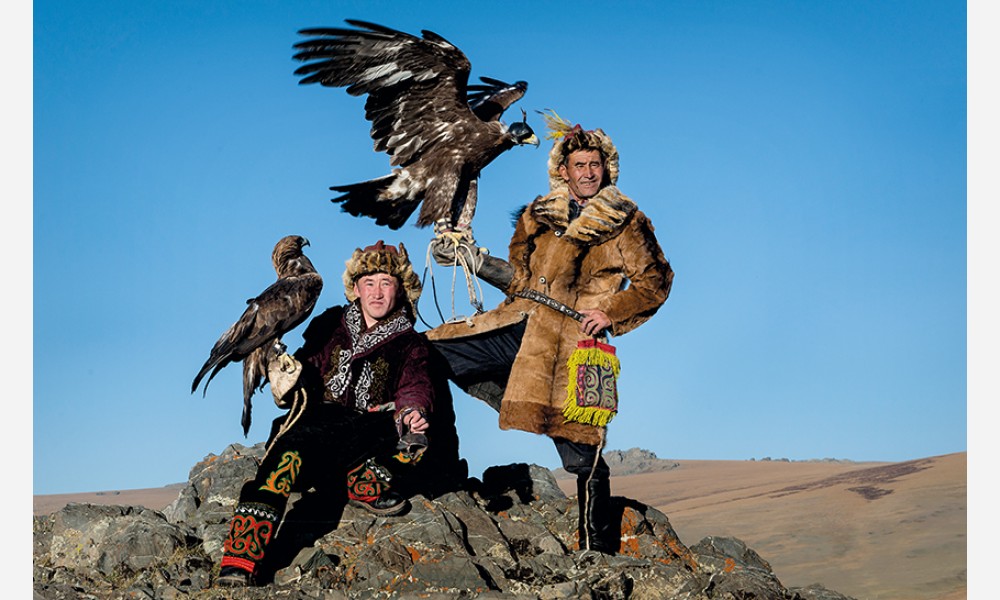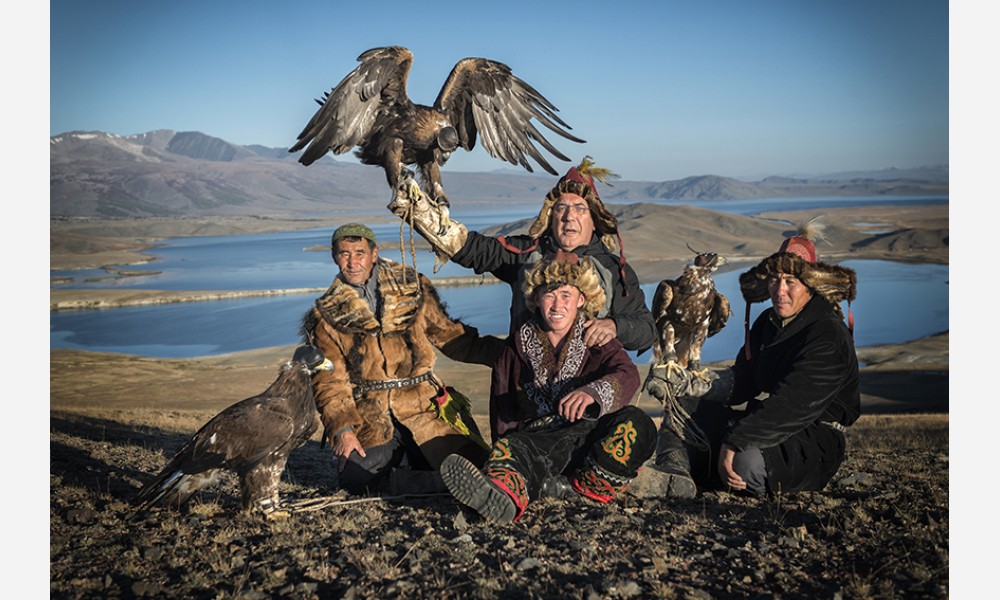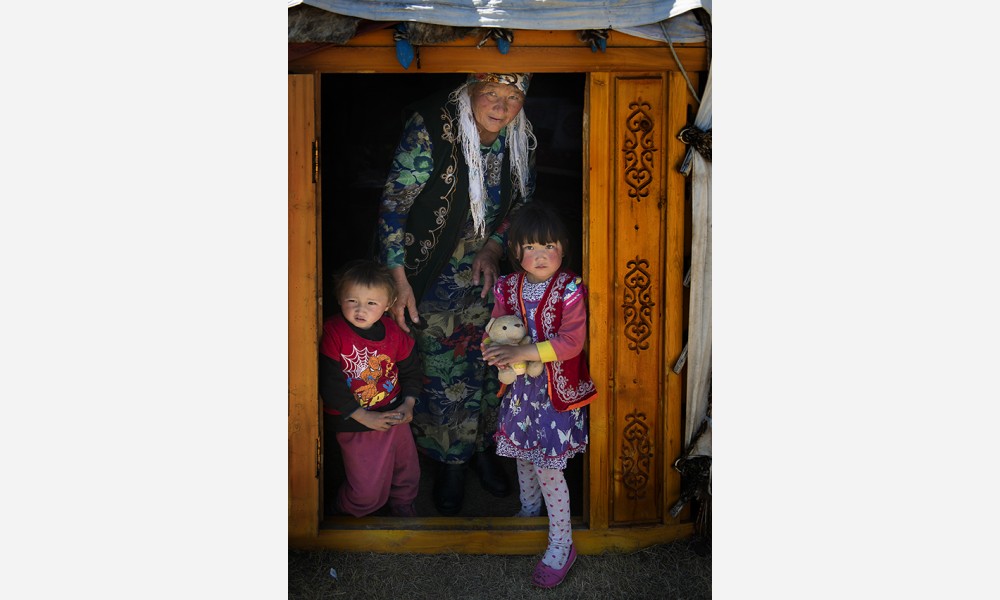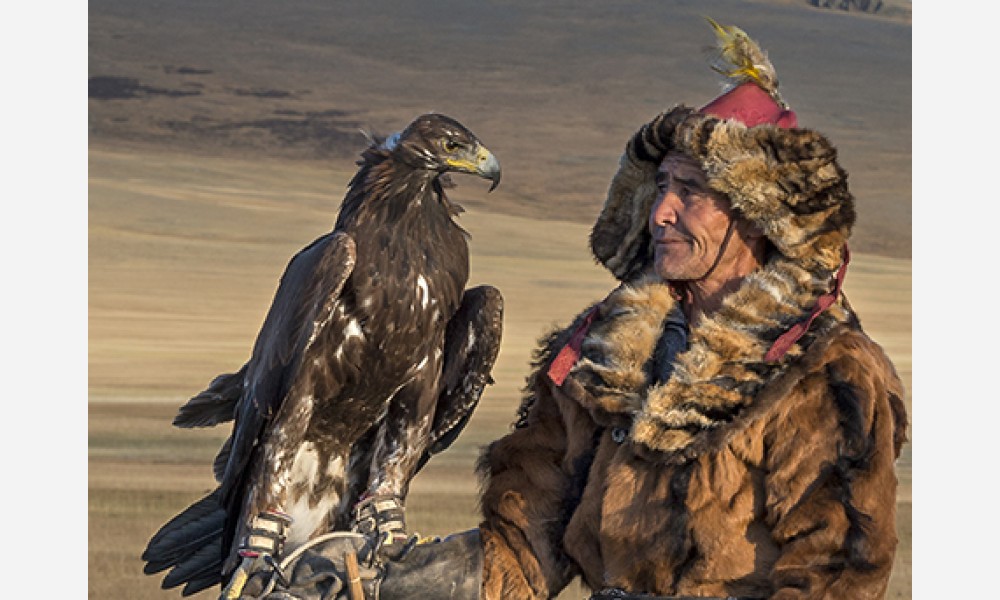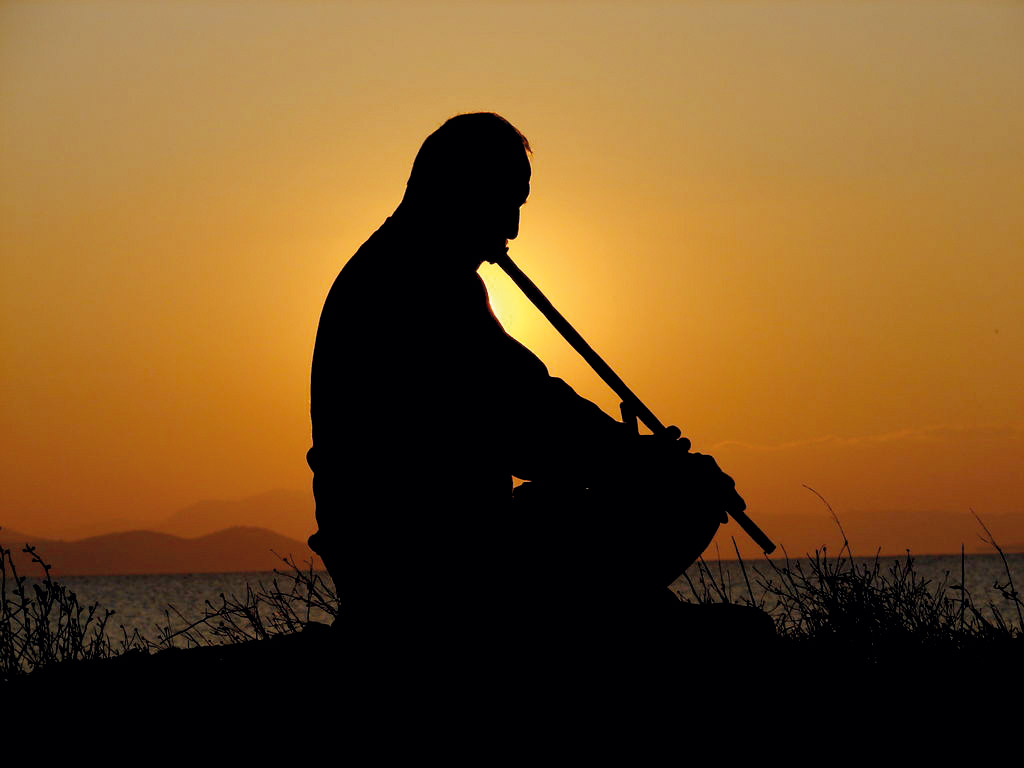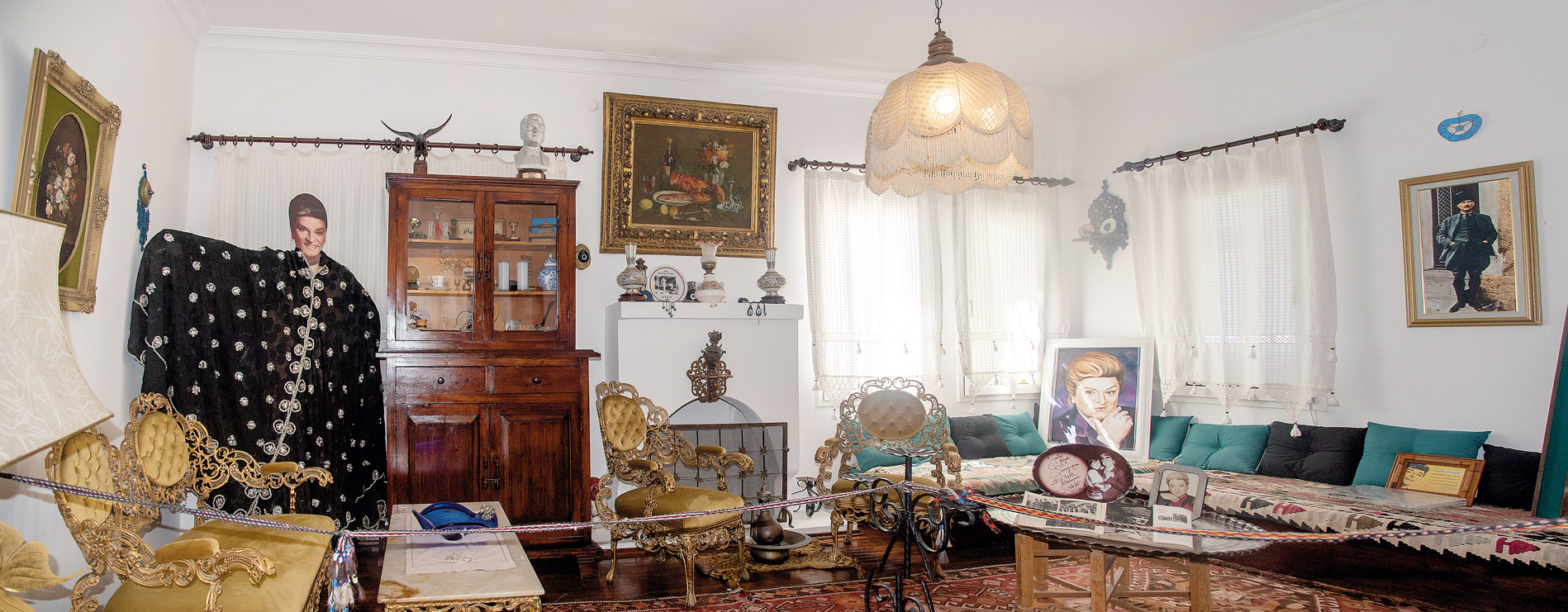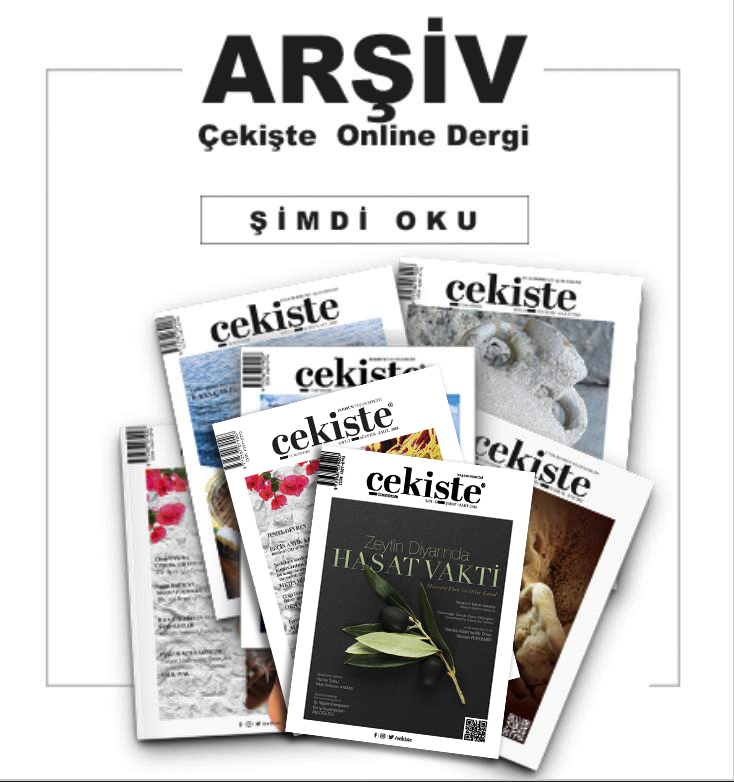MOGOLİSTAN

We went over the hills and far away…
With the spirit of discovery that never decreases we set out on a journey…Towards the icy horizons of the high mountains and lonely dawn of the endless steppes…
Mongolia is an inexhaustible amount of land for travellers who have the exploration spirit. Consisting of deserted steppes, deserts, mountain slopes, frozen lakes and icy rivers in the north of Siberia, it is a country, which is larger nearly twice the size of Turkey and far away from all the seas.
It is a gateway to the past with its culture dating back to prehistoric times… With its tents and animals herds that look like they are from a thousand years ago…
The land of lonely frozen steppes and loneliness… Mongolia…The cold, which trembles the bodies and rattles the teeth of travellers who are unused to it, is an ordinary climate for locals wearing thick furs and travelling on sleds.In these lands the winters are dominated by dry and cold climate.Therefore, the Cossacks are able to preserve their food of animal origin with no spoiling by hanging on the tent sides and eating them during the year.
- The Cossacks living in Western Mongolia
Kazakhs, who make a living mostly with livestock, prefer to ride horses or motorcycles for transportation. It is also possible to see the old-fashioned minibuses, which have remained since the Soviet Regime, used for mass public transportation in the territory of Mongolia. Fuel needs are provided by primitive petrol stations built on the ground.
- The only means of transportation: motorcycles and horses…
The Cossack tent, which stands out from a distance, is a striking example of how scattered the settlements they have.
Huge black wings that embrace the entire sky, strong claws, an arched beak, sharp eyes…
“Hunting with eagles is one of the oldest hunting forms practiced by Turks. The tradition, which has a history of six thousand years, can be traced in historical sources dating back to 2-3 thousands years ago.
The Altai area in the west of Mongolia is one of the most difficult places to reach on earth. There are not many ways passing by. The snowy peaks of the Altai Mountains, which border Mongolia, Kazakhstan, China and Russia, are full of insurmountable obstacles.
A fox fur hat on his head, a piece of sheepskin clothing on his back...An eagle perched on his arm is looking keenly across the horizon for something to hunt.In harsh winters Cossacks dwell in the portable round tents called "yurt" and hunt on horses by training eagles.
In Kazakh Turkish, the people who catch and train the eagle and use it in hunting are called ``qusbegi" (Qusbegi comes from the words qus ("bird") and bek ("lord"), thus literally translating as "lord of birds".)
During training periods eagle hunters wear custom designed clothing on their arms and put a pair of special eye patches covering the eagles’ eyes. When an eagle rises in the sky it is able to see a rabbit, which is ten kilometres away, since it has sharp vision. The headgear used to cover its face, to keep it calm is called "tomaga".
There are four methods used to trap eagles. The method of taking offspring from the nest; the offspring of the eagles that nest on the steep rocks are taken down using a rope and the baby is taken.The method of hunger-free eagle; it is the way to catch it by riding a horse after the eagle eats its prey well. The method of using a trained eagle; it is to let the trained eagle fly when a wild eagle is seen in the sky. The method of net capturing; a live or mounted animal as feed is placed on tall sticks covered by net and the eagle gets captured while trying to reach the food. After the capturing stage, the eagle is to be domesticated.
The temperament of the eagles can be companionable or otherwise just like that of people. According to the lords of birds (qusbegi) it is more facile to domesticate and raise the companionable ones. The eagle is called “kobala” if raised from infancy through adulthood and it is called a "tuzkartal” if captured while adult.






